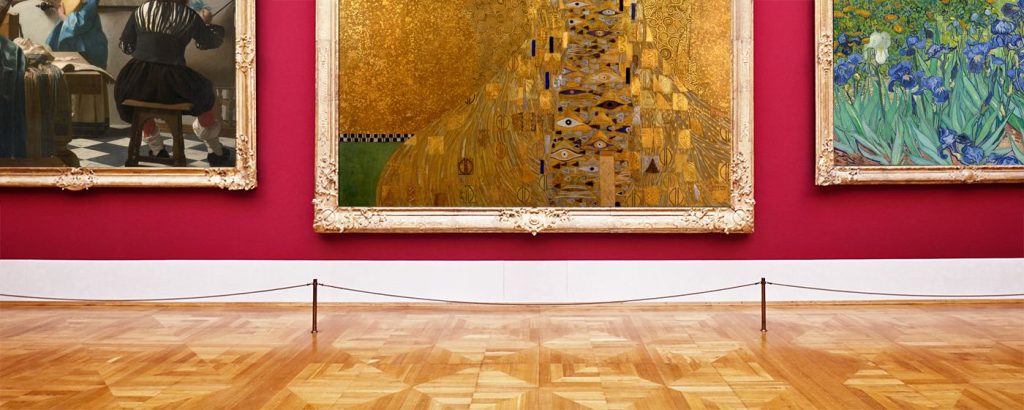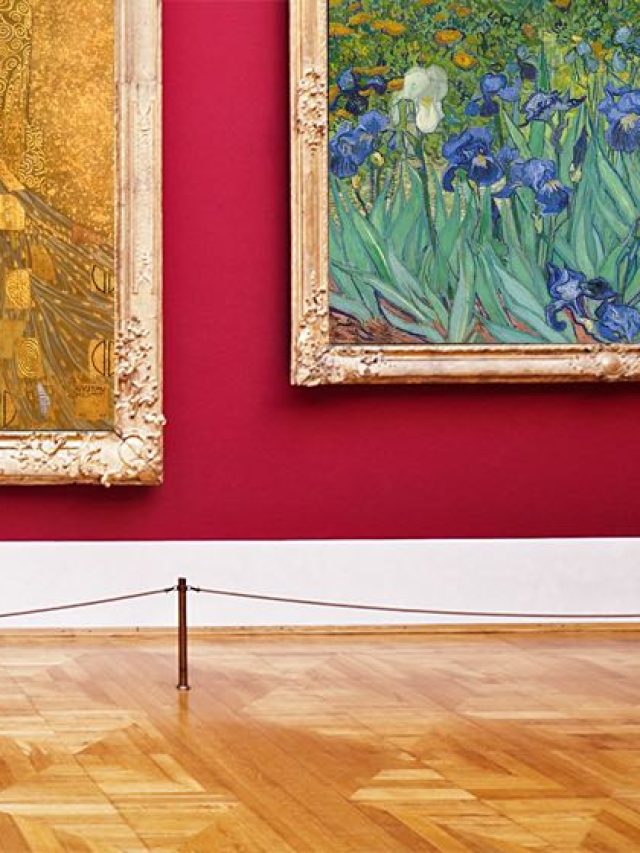The beauty of art lies in the diverse subjects that are available at hand and the vivid imagery they evoke. An artist’s prowess resides in transforming the mundane into an emotive journey. While some artists thrive in abstract (the likes of Mark Rothko or Jackson Pollock), others thrive in easily distinguishable landscapes (Nicolas Poussin) or portraits (Rembrandt). Seldom, it is hard for novices to appreciate the beauty of a magnificent portrait. Is a portrait merely a singular muse sitting in front of the artist as he slaves away to draw or sketch them? NO! Portraits capture the intrinsic nuances of the subject; their emotions; their identity; and their culture at large.
This article is an acknowledgement of 11 artists who have risen to become the ‘world’s sweetheart’ solely due to their exemplary portraits which are now counted as the most famous portrait paintings.
The Arnolfini Portrait – Jan van Eyck (1434)
The Arnolfini Portrait by Jan Van Eyck is brimming with symbolism. He has depicted an almost voyeuristic scene from the union of the wealthy couple. An important work of art originated during the Northern Renaissance, quickly rising to the ranks of famous portrait paintings. He has described the lavishness of the bourgeois couple through meticulous detailing of the convex mirror, clothes, their pet dog, oranges, and other elements which form the backdrop. These details indicate the artist’s technical prowess.
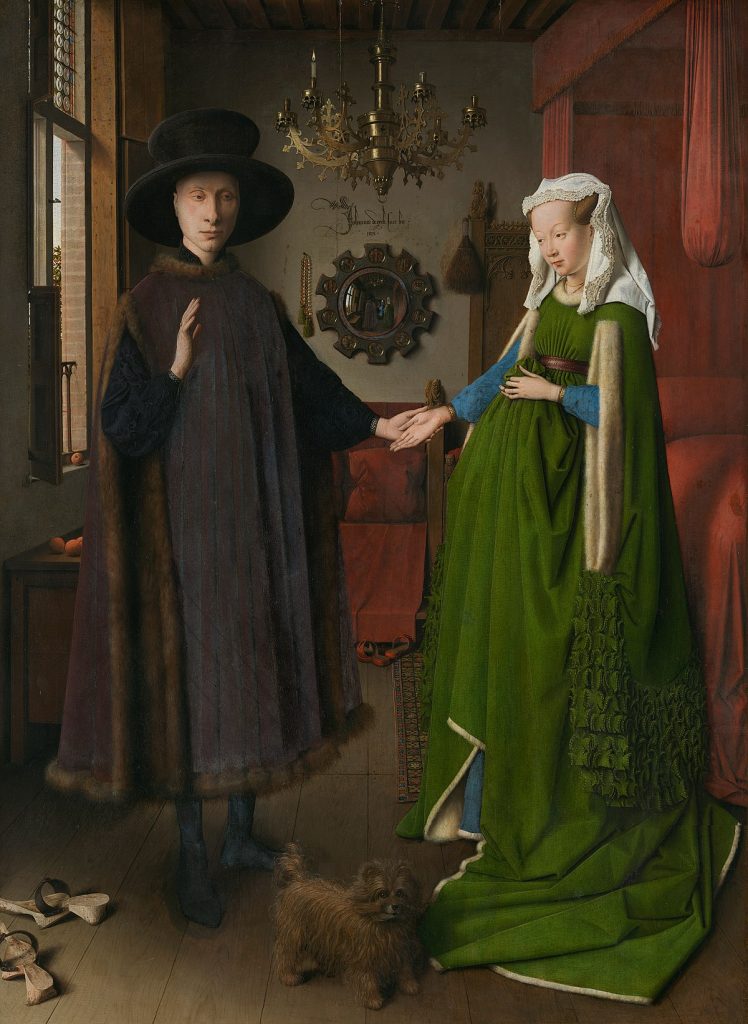
Mona Lisa – Leonardo da Vinci (1503 – 1506)
At this point, we may rest assured that everyone has heard of ‘Mona Lisa.’ Painted by the legendary Leonardo da Vinci; the half-length portrait of Lisa Gherardini is the pinnacle of the Italian Renaissance. It is undoubtedly one of the most famous oil painting portraits having been written about, sung about, and parodied the most times. The viewers notice the pursed smile of La Gherardini before observing the exquisite use of sfumato and the delicate play of light and shadow.
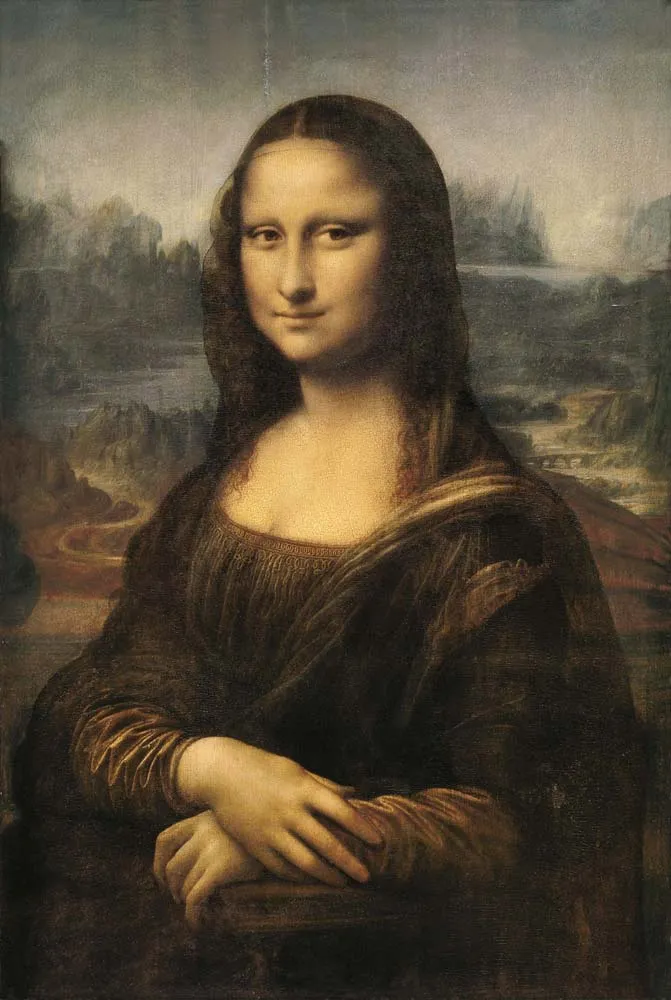
The Laughing Cavalier – Frans Hals (1624)
Frans Hals, a Dutch Golden Age painter, played with the angles and poses. ‘The Laughing Cavalier’, his most famous oil painting portrait, is a prime example of this fact. Although the painting is a quintessential portrait commissioned by the militia, the change in pose and the exuberant smile insinuate the cavalier’s vivacious spirit. His clothing is highly embroidered and features several motifs representing the lover’s ennui, the pillaging war, and the resulting fortunes.
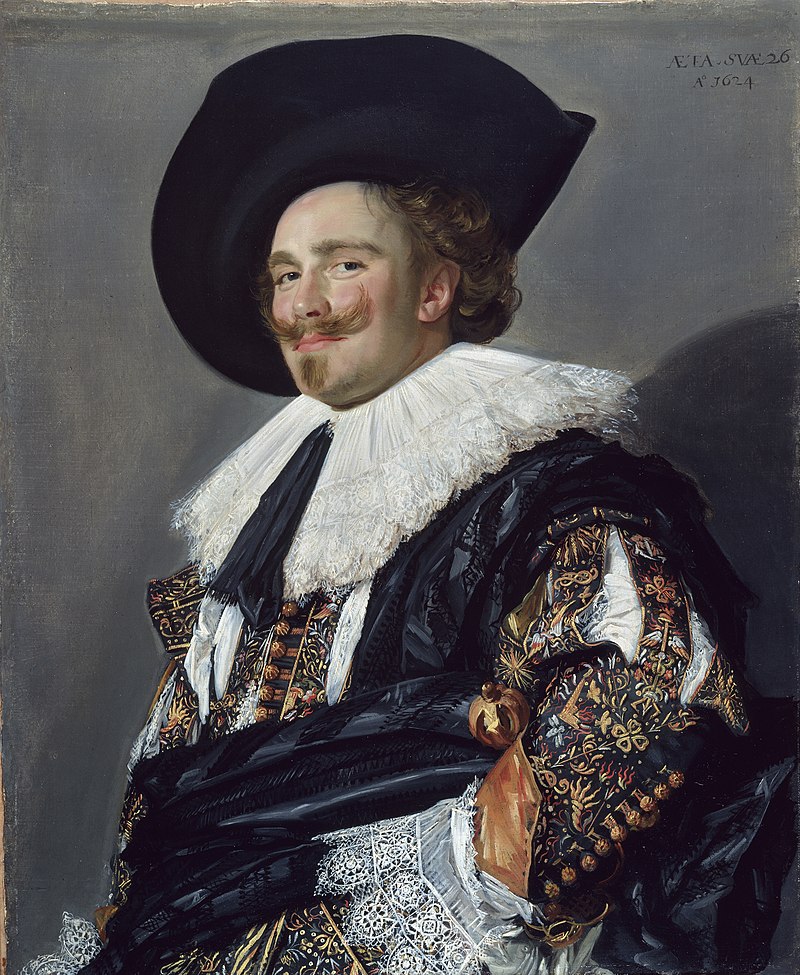
Girl with a Pearl Earring – Johannes Vermeer (1665)
At the height of the Dutch Golden Age, Johannes Vermeer blessed the world with what can only be dubbed one of the most famous oil painting portraits. The audience is transfixed by the powerful gaze of the young girl depicted in the portrait. Despite acknowledging the play of light in his masterpiece, the eyes revert to the glowing orb that is the pearl earring. The subtleties of human expression are why this Dutch painter is heralded as one of the best.
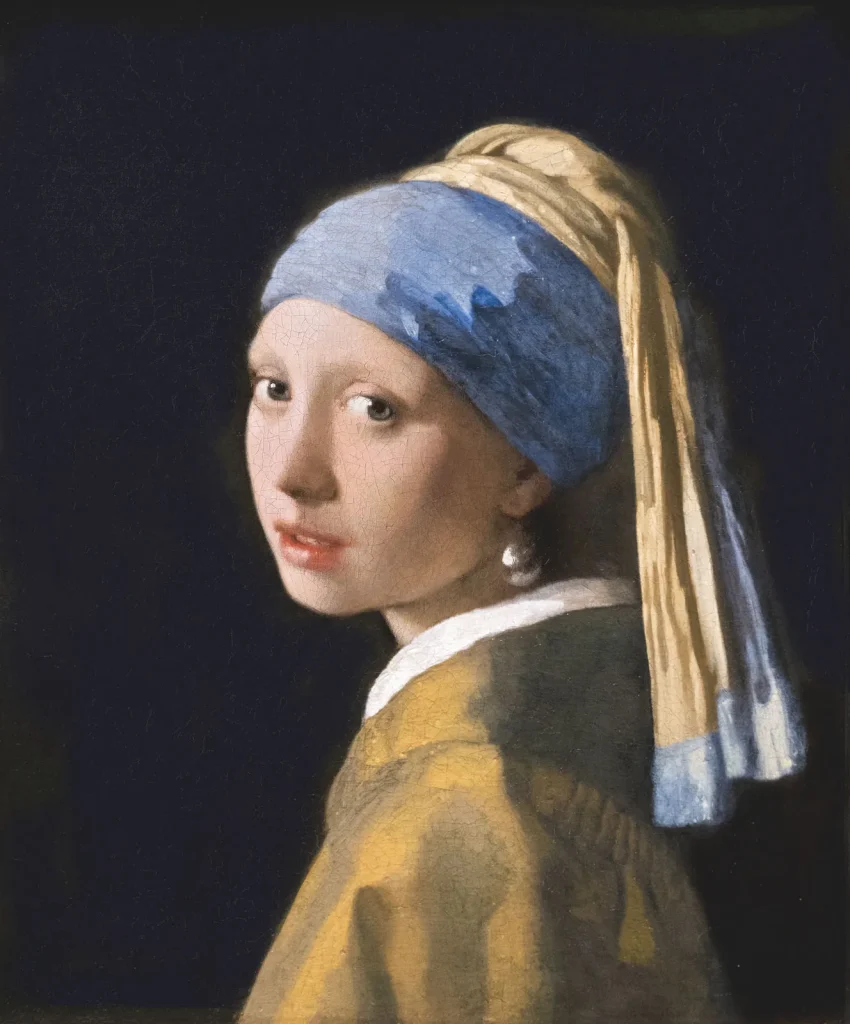
The Blue Boy – Thomas Gainsborough (1770)
Thomas Gainsborough’s, ‘The Blue Boy’ plays with colours and costumes. The subject is a child, probably at the onset of puberty, as is evidenced by the historical costume worn by him. Despite the clear androgynous notes in the boy’s features, the use of the cool vibrant color signifies his innate masculinity. The use of elaborate ornamentation and elaborate brushstrokes dub this full-length famous portrait painting as a masterpiece of the Rococo period.
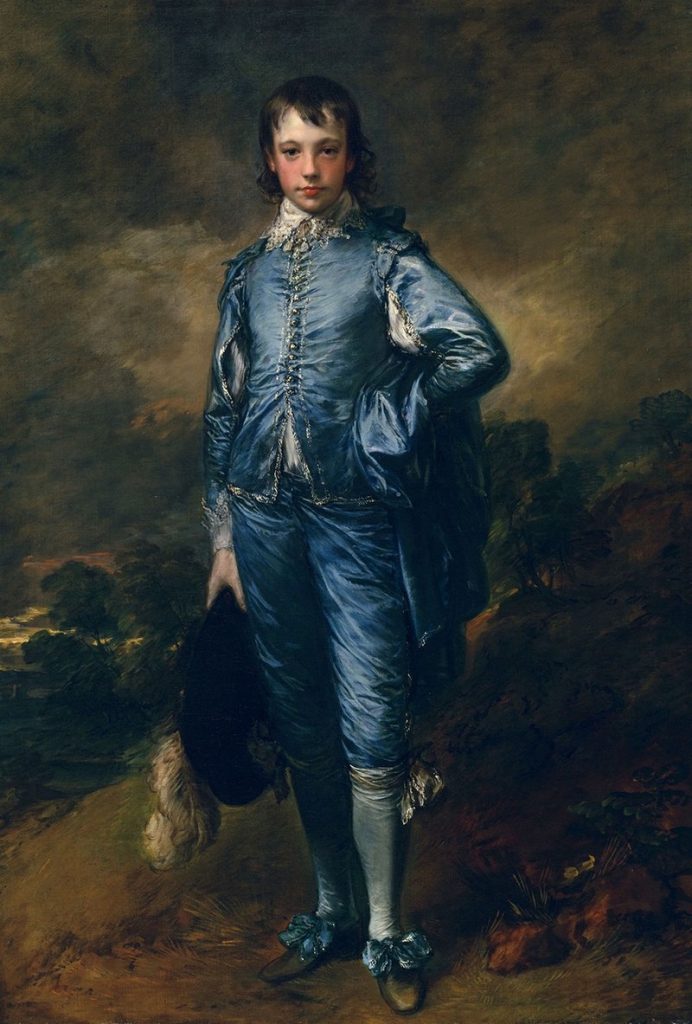
Whistler’s Mother – James McNeill Whistler (1871)
James McNeill Whistler is yet another artist who proved his mettle by devising the famous portrait painting, ‘Whistler’s Mother’ (officially known as ‘Arrangement in Grey and Black No. 1’). An oil on canvas portrait, it features Whistler’s mother simply sitting insinuating maternal serenity. However, the muted color palette and gray tones work in harmony contributing to the innate depth of contemplation.
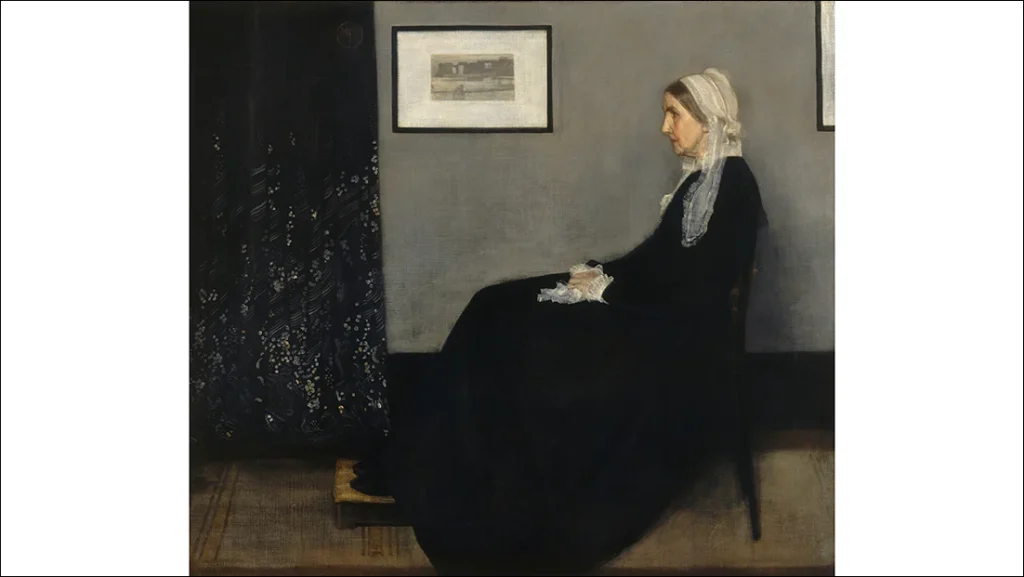
Portrait of Dr. Gachet – Vincent van Gogh (1890)
Nobody could express melancholy as well as Vincent van Gogh. His famous male portrait painting, Portrait of Dr. Gachet’ stands as evidence. The oil painting features van Gogh’s homoeopathic doctor, sitting next to a box of foxgloves, a medicinal herb. The doctor wears firm expressions of nostalgia, sadness, and ennui. The colours used in the background represent van Gogh’s mental state (something which he saw in Dr. Gachet as well).
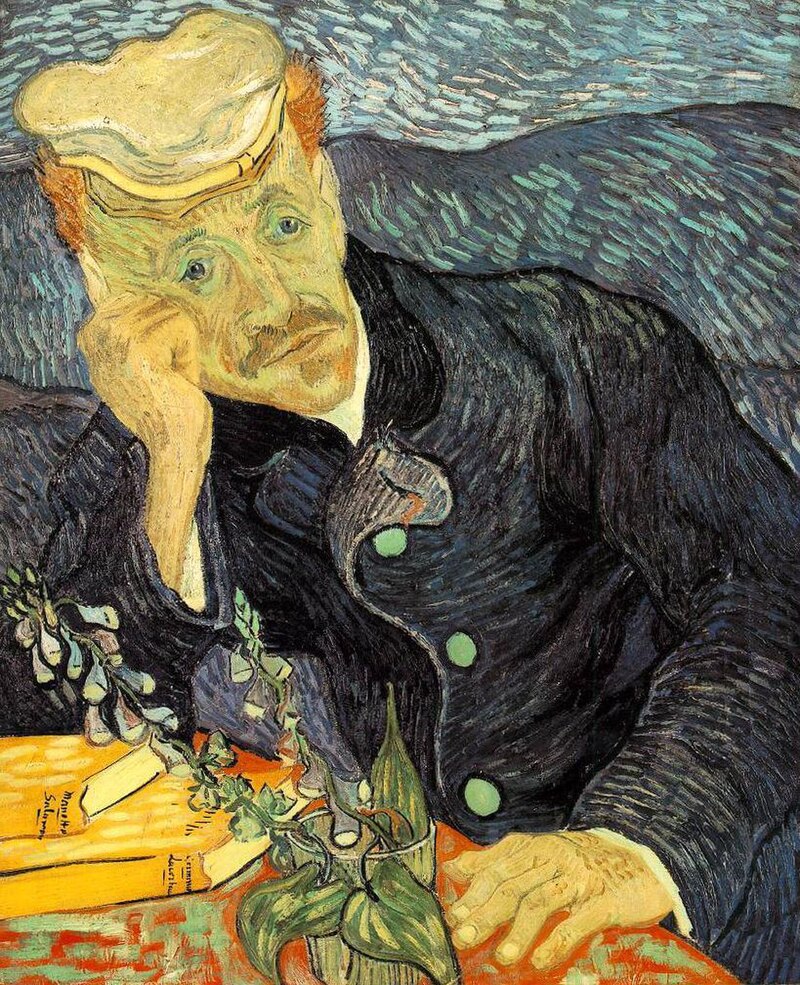
Portrait of Adele Bloch-Bauer I – Gustav Klimt (1903 – 1907)
Another famous oil painting portrait, ‘Portrait of Adele Bloch-Bauer I’ was created by Gustav Klimt as part of the Art Nouveau movement. In the painting, Adele Bloch-Bauer, who frequently modelled for Klimt, sits on a golden throne. Her dress is golden and so is the background. Her face and hands are the only territory not covered by gold leaf. It seems as if she is fading into the background. Her figurine is only distinguishable through the use of patterns and motifs (eye, almonds, eggs and others) rendering an opulent and erotic enigma to her image.
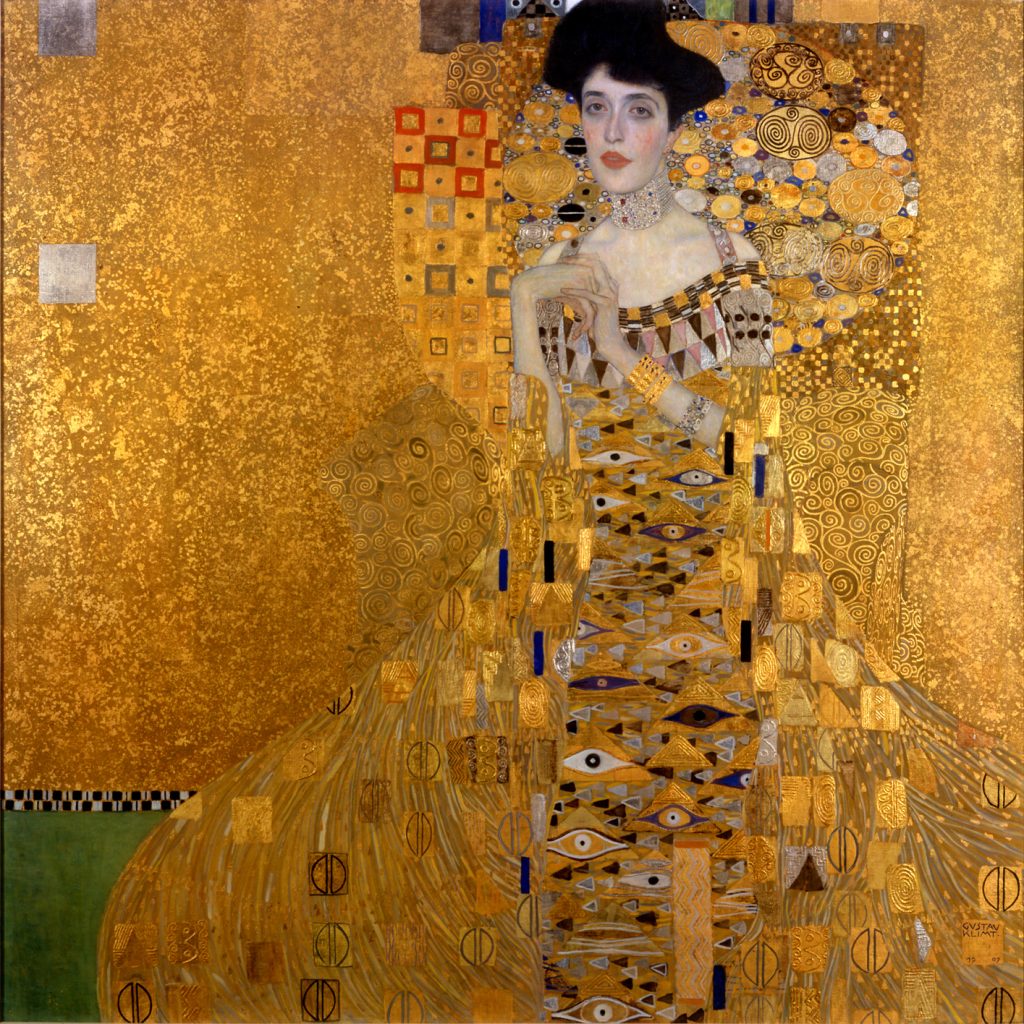
American Gothic – Grant Wood (1930)
Grant Wood’s ‘American Gothic’ is an ode to the early 20th-century American Midwest. The painting features two stoic figures (a father and his daughter) wearing grave expressions. They stand in front of a house made in coherence with Gothic Architecture (indicated by the pointed window). One would quickly notice the exaggeration of the vertical (the long faces, the pitchfork’s prongs, the father’s striped shirt, and other details). This famous portrait painting has now become the essence of rural America.
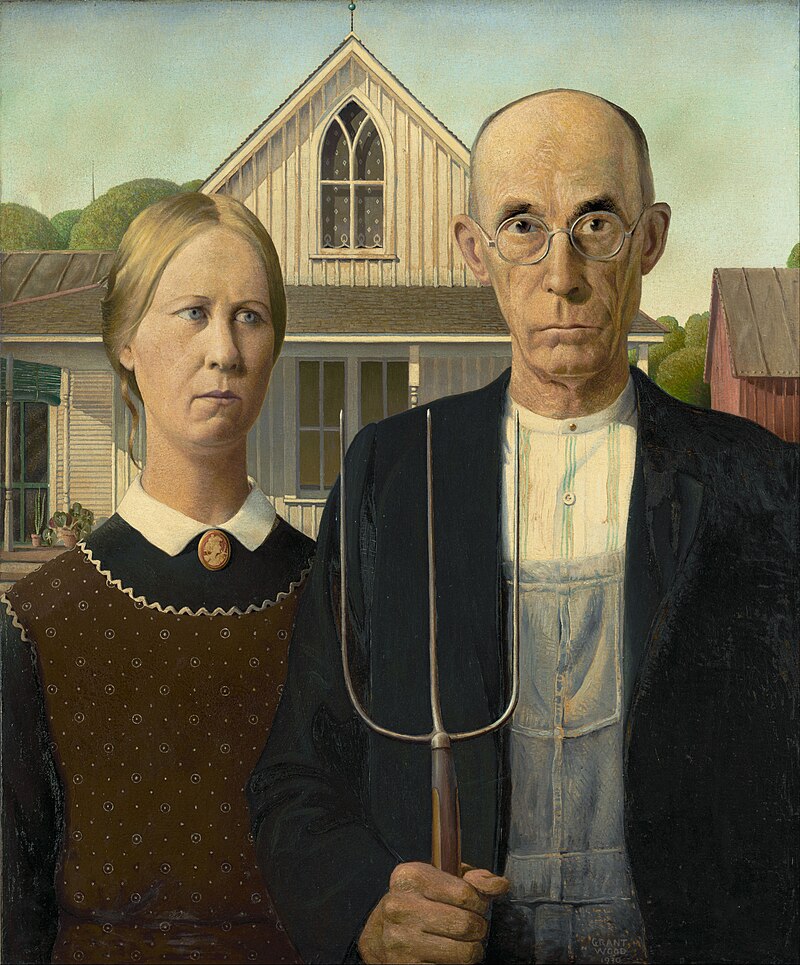
Portrait of Dora Maar – Pablo Picasso (1937)
Pablo Picasso‘s famous portrait painting, ‘Portrait of Dora Maar’ is the definition of experiment and cubism. Dora Maar was a lover and frequent muse to Picasso. He depicts various facades of Maar through an amalgamation of her front and side profile. Their relationship was a mix of highs and lows, yet in this picture, Dora seems relaxed yet nostalgic, signifying the happy times in their lives.
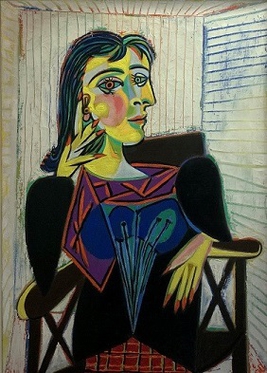
Self-Portrait with Cropped Hair – Frida Kahlo (1940)
Frida Kahlo is perhaps the most recognised female artist. She has produced several famous self portrait paintings, and her ‘Self-Portrait with Cropped Hair’ is no different. An oil on canvas painting, it features an androgynous Kahlo. She sits on a chair with a pair of scissors in her hand and tufts of hair on the floor; issuing a direct challenge to the societal gender rules. Above the painting floats words of a melancholic song. This famous portrait painting may be seen as the artist’s foray into bisexuality and an exploration of her identity.
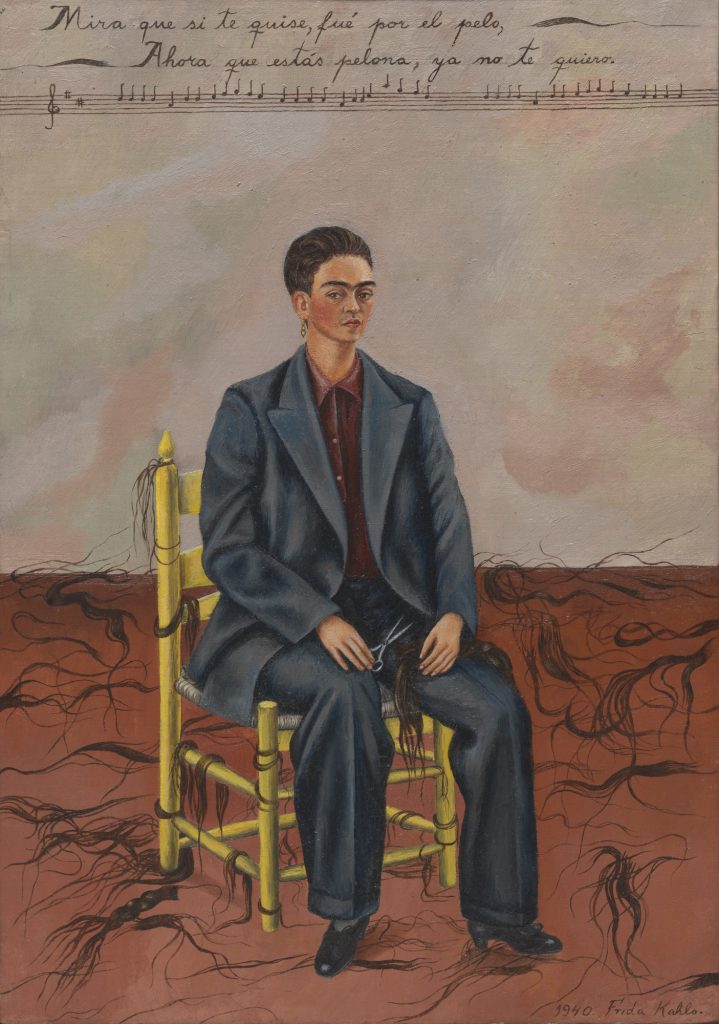
Photo Courtesy – BrushWiz

